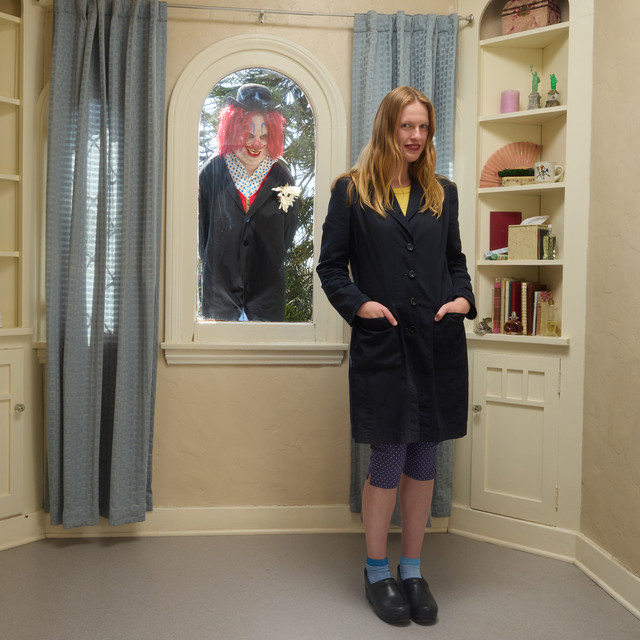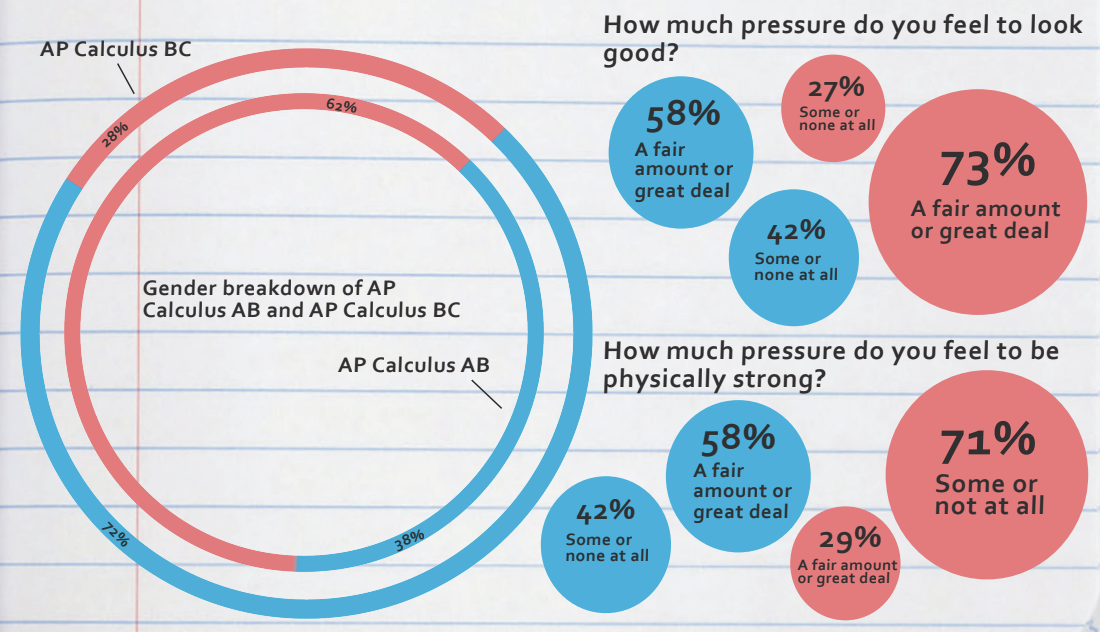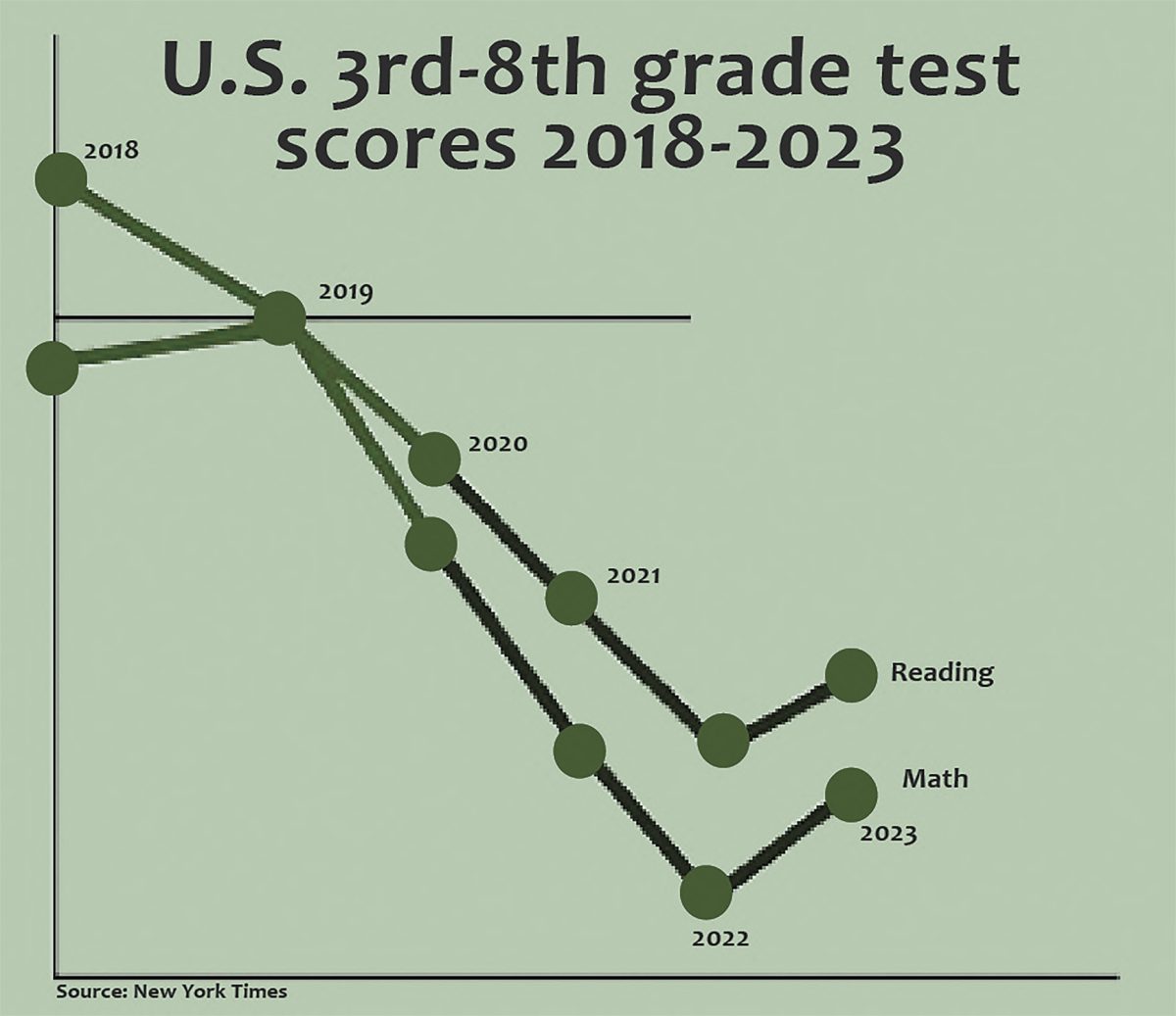Pro
By Izzy Skoog / Staff Reporter
Project-based midterms offer an engaging alternative to traditional exams by effectively showing the development of new skills and knowledge.
Projects allow students to use their abilities to solve real life problems. This tests students differently, rather than the traditional way, which often only shows memorization, instead of actual understanding of the content.
For example, a math midterm could involve making a picture with functions. This project is both creative and requires an understanding of many aspects of graphing in order to complete it.
Presentations, papers and posters can be effective ways to show skills and knowledge gained throughout the semester. They show a student’s understanding far more than choices on a Scantron and provide a unique interpretation or understanding of an idea.
Some may argue it’s less difficult to cheat on non-traditional midterms than tests. However, it’s easier for a student to look at their classmates’ answer sheet, graph or written response. On a project or one-pager, an open ended question makes copying much more obvious.
Project-based midterms show teachers whether or not a student comprehends all of the material. They may also require cooperation, which improves students’ ability to effectively share ideas, a crucial skill. This is essential for AP exams; many factor in the ability to express thoughts, communicate and justify results into final scores. By collaborating during projects, these communication skills are strengthened.
According to a USC Dornsife study, students who are taught with a project-based learning style are more likely to pass AP exams than their peers. Overall, this shows how project-based learning can lead to better scores on tests.
Project-based midterms allow students to create solutions to real-life problems and scenarios. These assignments can be creative and lead to collaboration, which is essential for life after high school.
Con
By Allison Lefkowitz / Staff Reporter
Traditional tests have become a staple academic assessment because of their practical qualities. Exams provide a more effective benchmark for knowledge and better eliminate the possibility of cheating than project midterms.
Atypical testing creates a biased assessment of the students’ work because teachers aren’t grading everyone’s projects the same way. Grading isn’t based on whether the student produces specific answers, potentially increasing subjective evaluation by the teacher.
Cheating is a major issue teachers face during exams, and non-traditional alternatives to testing can make this issue more prevalent. Most of the time, non-traditional midterms are not an individual assignment. When designing a test, teachers are able to alter essay questions and make multiple versions, which can prevent cheating.
Non-traditional midterms don’t give teachers an accurate benchmark of the students’ knowledge. Often, projects are more collective and students work together, not providing the teacher a reliable way to estimate the students’ personal knowledge. While working on a group project, students can distribute the work unevenly among the group members, which makes it difficult to assess individual knowledge.
Additionally, there’s rising concern about cheating on atypical assessments. According to Challenge Success, project midterms have increased worry for teachers over the years because of how easy it can be to cheat on them. Students can look up answers, giving them an opportunity to cheat or plagiarize information.
Project midterms do not provide insight for areas of improvement to teachers. A traditional exam is more effective because every test looks the same, so commonly missed questions can reveal misunderstandings.
Ultimately, non-traditional midterms are not an effective way to test a student’s knowledge because they are easier to cheat on, they do not provide a clear benchmark of the student’s knowledge and they can lead to a subjective assessment.





























